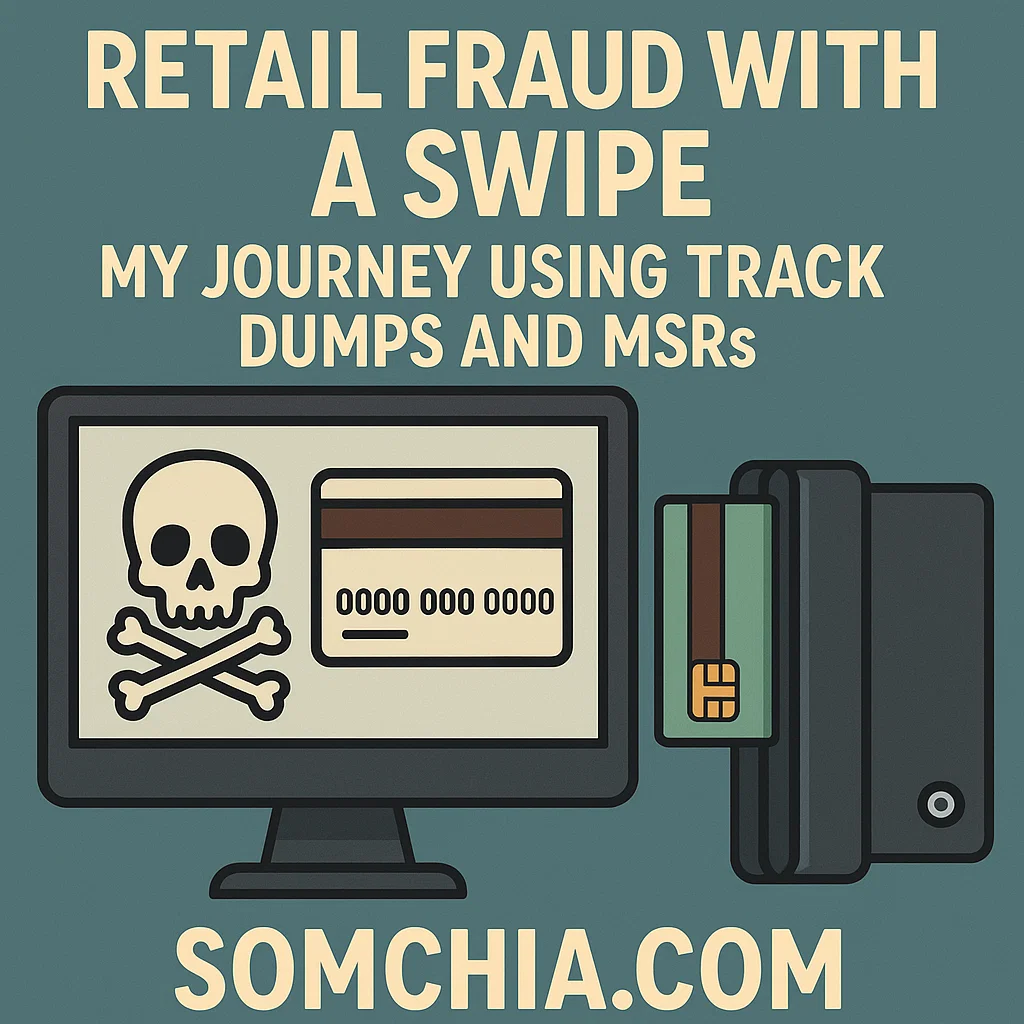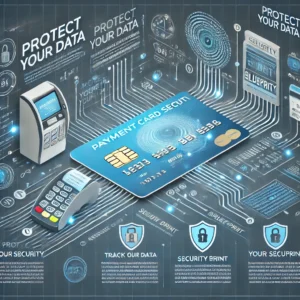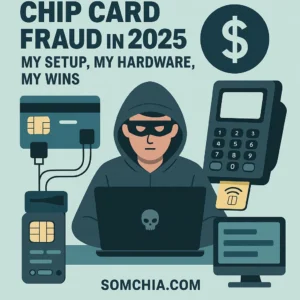Retail fraud continues to evolve as cybercriminals find new ways to exploit vulnerabilities in payment systems. One of the most potent tools in the fraudster’s arsenal is the use of track dumps combined with magnetic stripe readers (MSRs) to clone credit cards and execute fraudulent transactions. In this post, I’ll share my journey navigating the dark world of retail fraud using track dumps and MSRs, explaining what they are, how they work, and how fraudsters leverage these tools to steal millions annually.
What Are Track Dumps and MSRs?
Track dumps are raw data extracted from the magnetic stripe on the back of credit and debit cards. This data contains sensitive information like the card number, expiration date, and service code, which can be copied to another card or used for online fraud. Criminals obtain track dumps through skimming devices, hacking point-of-sale (POS) systems, or buying them on underground marketplaces.
An MSR (Magnetic Stripe Reader/Writer) is a device used to read and write data to magnetic stripe cards. Fraudsters use MSRs to encode track dump data onto blank cards, creating physical clones of legitimate credit or debit cards. These cloned cards can then be used for in-person transactions at retail stores, ATMs, or anywhere magnetic stripe cards are accepted.
For more technical details on MSRs, check out HowStuffWorks on Magnetic Stripe Cards.
My Journey Using Track Dumps and MSRs
Step 1: Obtaining Track Dumps
The first challenge was acquiring track dumps. Many criminal forums and darknet marketplaces offer credit card dumps for sale, sometimes paired with PINs, known as “dumps and pins.” These dumps are often extracted from compromised POS terminals, gas station pumps, or ATMs. Some sellers provide “dumps with pin,” enabling cash withdrawals as well.
For those interested in the marketplaces, resources like DarknetMarkets provide an overview of active carding sites and dump sellers.
Step 2: Encoding the Dumps onto Blank Cards
Once I purchased the dumps, I needed an MSR device. These are widely available online, often disguised as legitimate tools for card personalization or loyalty programs. Using the MSR, I encoded the stolen track data onto blank magnetic stripe cards. The process requires precision — even a slight data corruption can make the card unusable.
Step 3: Using the Cloned Cards for Retail Fraud
With the cloned cards, I targeted retail stores with minimal security checks. Many merchants still rely on swiping cards rather than chip-and-PIN, making MSR clones viable. I found that smaller stores and local businesses are often easier targets due to less stringent verification.
In some cases, I was able to buy high-value goods, while other attempts were declined due to store-specific fraud detection systems. However, with multiple clones and different card dumps, I maximized the chances of successful transactions.
Why Retail Fraud with Track Dumps Still Works
Despite advances in EMV chip technology, many cards and merchants still rely on magnetic stripe swipes — especially in regions slow to adopt chip readers. This reliance creates an ongoing vulnerability exploited by criminals using track dumps and MSRs.
Retail fraud using cloned cards costs businesses billions annually. According to Nilson Report, global card fraud losses reached $28.65 billion in 2021, with magstripe card fraud remaining a significant portion.
How Businesses and Consumers Can Protect Themselves
-
Upgrade to EMV Chip Readers: Chip cards are far harder to clone than magnetic stripes.
-
Implement Contactless Payments: NFC and mobile wallets reduce card-present fraud risk.
-
Regularly Monitor Transactions: Early detection of suspicious activity helps limit losses.
-
Use PIN Verification: Adding PIN requirements for transactions can thwart many cloned card frauds.
-
Educate Employees: Train staff to spot suspicious card activity or counterfeit cards.
Consumers should also monitor their accounts regularly and report suspicious charges immediately.
Legal Risks and Consequences of Using Track Dumps and MSRs
While this post shares a personal account, it’s essential to emphasize that using track dumps and MSRs for fraud is illegal and punishable by severe penalties, including imprisonment and hefty fines. Law enforcement agencies worldwide actively pursue and prosecute those involved in card cloning and retail fraud.
For more info on the legal side of carding and fraud, see the U.S. Secret Service Cybercrime Unit.
Conclusion
Retail fraud with a swipe using track dumps and MSRs remains a serious threat in the payment ecosystem. My journey showed how easily track data can be weaponized and how critical it is for retailers and consumers to stay vigilant. Upgrading payment technologies and increasing awareness can help reduce the damage caused by this evolving form of fraud.




